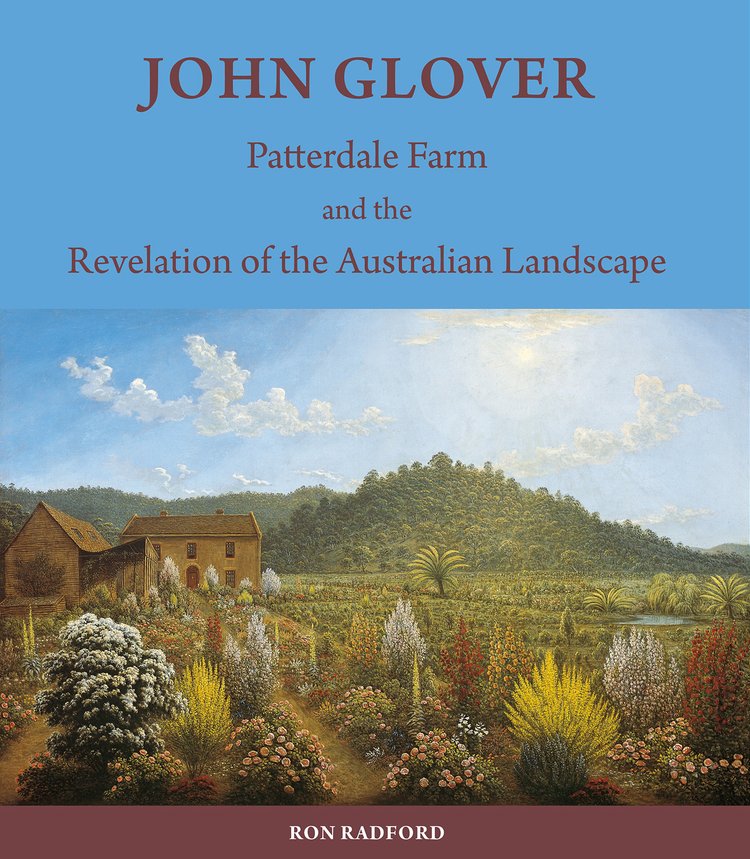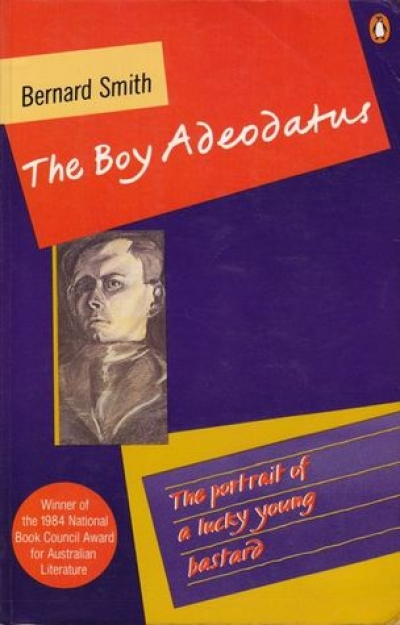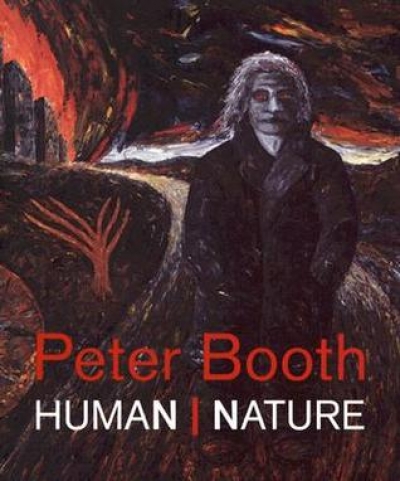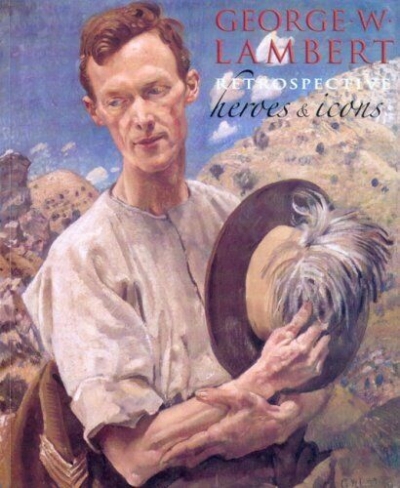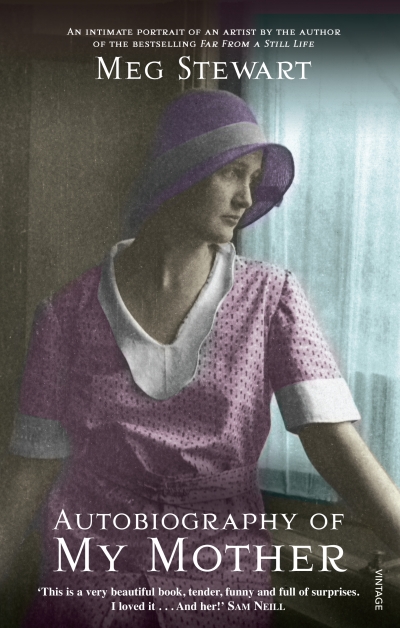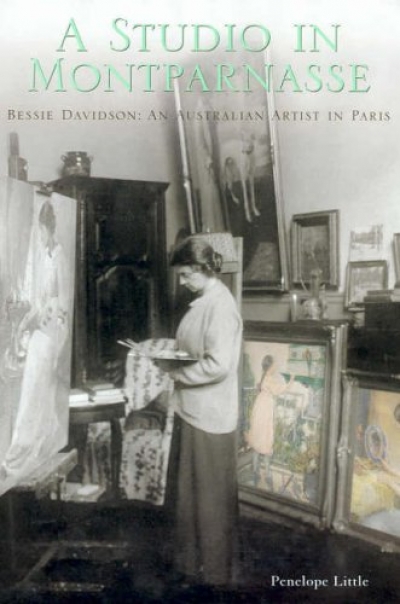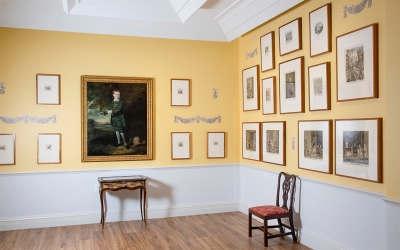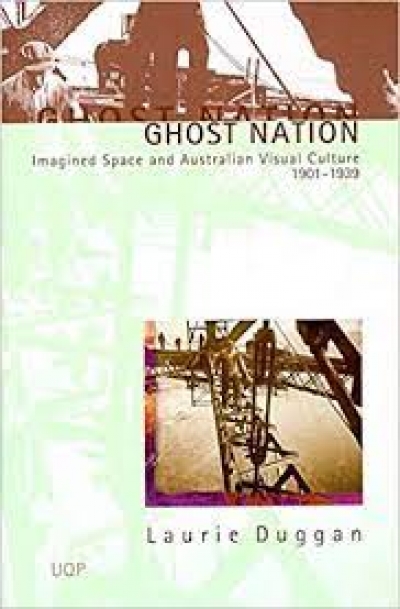Australian Art
John Glover: Patterdale Farm and the revelation of the Australian landscape by Ron Radford
History of Modern Design has developed from a course of the same name at Drexel University in Philadelphia. In keeping with its didactic origin, the subject is presented in chronological order, illustrated with more than 500 images, 125 of which are reproduced in colour. The book is ambitiously broad in its coverage, commencing with the seventeenth century and ending in the twenty-first, focusing on design from Europe and North America, and ranging through furniture, interiors, metalwork, ceramics, graphic design, typography, and product design. A good two-thirds of the book is devoted to the twentieth century, which is presented in context from the preceding historical surveys. While the focus is on design for mass production and industrial processes, the crafts are not entirely neglected. An extensive bibliography on design, coupled with helpful reading lists, will prove popular in this useful introduction to the complex and wide-ranging subject of design. (CM)
... (read more)The Boy Adeodatus: The portrait of a lucky young bastard by Bernard Smith
Peter Booth: Human/Nature by Jason Smith (with contributions from John Embling and Robert Lindsay)
George W. Lambert Retrospective: Heroes & icons by Anne Gray
A Studio in Montparnasse: Bessie Davidson, an Australian artist in Paris by Penelope Little
Australia’s regional galleries hold rich collections that demonstrate a powerful communal need to collect and display art. Victoria’s regional cities, in particular, are notably well endowed with public art collections and handsome buildings to house them. The gold rush towns were at the forefront in establishing public art galleries: the first, in Ballarat, was founded in 1884; Bendigo followed in 1887. There are now nineteen of them fairly evenly positioned across the state – between one and six hours’ drive from Melbourne – from Warrnambool (1886) in the south-west and Mildura (1956) in the north-west to Bairnsdale (1992) to the east.
... (read more)
